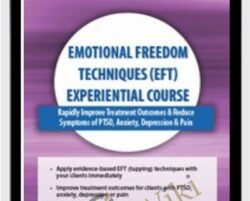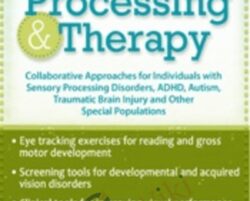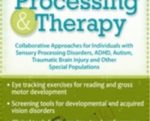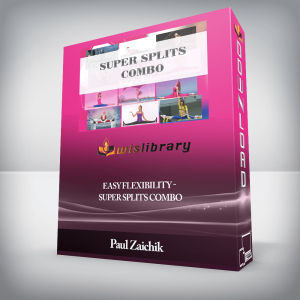Eye tracking exercises for reading and gross motor developmentScreening tools for developmental and acquired vision disordersClinical tools for improving visual performanceTherapeutic interventions incorporating visionIn this seminar you will learn how to recognize and understand the specifics of how vision processing relates to disorders you treat in clinical practice daily, such as: sensory processing disorders, autism, ADHD, and traumatic brain injury.You will learn:the steps necessary to adequately screen for potential vision deficitsto identify various visual disordersto educate your patients and their parents on how vision can impact learning, behavior and functionto collaborate on effective treatments and therapeutic visual interventions direct treatment strategies and home programming ideasExplore and experience the various methods used for enhancing and strengthening abnormal visual skills. Learn new methods for effectively screening for common visual disorders and walk away with the clinical tools to help you expand your scope of knowledge and improve patient outcomes.OUTLINETraditional vs. Developmental Model of VisionVision is a dynamic processVisual System Break DownOcular health and refractive conditionsFunctional and perceptual skillsVisual Efficiency SkillsNeurodevelopment of eye movements, accommodation and binocularityAmblyopia, strabismus and early interventionVisual ProcessingVision problems as neurodevelopmental disordersVision problems as sensory processing disordersVisual perceptual testing: Standardized and observationalTreatment: A Multi-Disciplinary ApproachSetting the foundation for good visual developmentThe importance of vestibular and motor activitiesCollaboration between therapeutic interventions and/or learning strategiesOptometric application of lenses and prismsNeuroplasticity of the Visual SystemEarly interventionIs there an age that is too late for intervention?Sue Barry, Fixing My Gaze and vision therapyJillian’s storyBrain injury and concussionVision, Learning and BehaviorSigns and symptoms of undiagnosed or untreated vision problemsRed flags for autism spectrum disorderVision problems versus behavior problemsScreening Procedures and Hands-on DemonstrationPLRG the penlight red/greenStandardized convergence insufficiency screeningVisual tracking, head movement and the midline planeInfantSEE and locating a developmental optometrist near youTherapeutic Activities and Hands-on DemonstrationVisual-vestibular integration activitiesEye tracking exercises for gross motor development and reading skillsEye teaming and the importance of convergenceVisual perceptual enhancing gamesBilateral integration activitiesOBJECTIVESDifferentiate between the traditional and developmental models of vision.Identify the various systems of vision and how they impact learning.Explain the visual complications of neurologic conditions.Discuss the role of vision in early intervention.Describe how to screen for vision disorders.Collaborate on therapeutic interventions for vision problems.Summarize direct treatment strategies and home programming ideas.Tag: Vision Processing & Therapy: Collaborative Approaches for Individuals with Sensory Processing Disorders, ADHD, Autism, Traumatic Brain Injury & Other Special Populations – Christine Winter-Rundell Review. Vision Processing & Therapy: Collaborative Approaches for Individuals with Sensory Processing Disorders, ADHD, Autism, Traumatic Brain Injury & Other Special Populations – Christine Winter-Rundell download. Vision Processing & Therapy: Collaborative Approaches for Individuals with Sensory Processing Disorders, ADHD, Autism, Traumatic Brain Injury & Other Special Populations – Christine Winter-Rundell discount.
 The Trading Game: Playing by the Numbers to Make Millions – Ryan Jones
₹3,818.00
The Trading Game: Playing by the Numbers to Make Millions – Ryan Jones
₹3,818.00
 Emotional Freedom Techniques (EFT) Experiential Course: Rapidly Improve Treatment Outcomes & Reduce Symptoms of PTSD, Anxiety, Depression & Pain – Bonnie Grossman
₹13,778.00
Emotional Freedom Techniques (EFT) Experiential Course: Rapidly Improve Treatment Outcomes & Reduce Symptoms of PTSD, Anxiety, Depression & Pain – Bonnie Grossman
₹13,778.00
Vision Processing & Therapy: Collaborative Approaches for Individuals with Sensory Processing Disorders, ADHD, Autism, Traumatic Brain Injury & Other Special Populations – Christine Winter-Rundell
₹12,450.00





